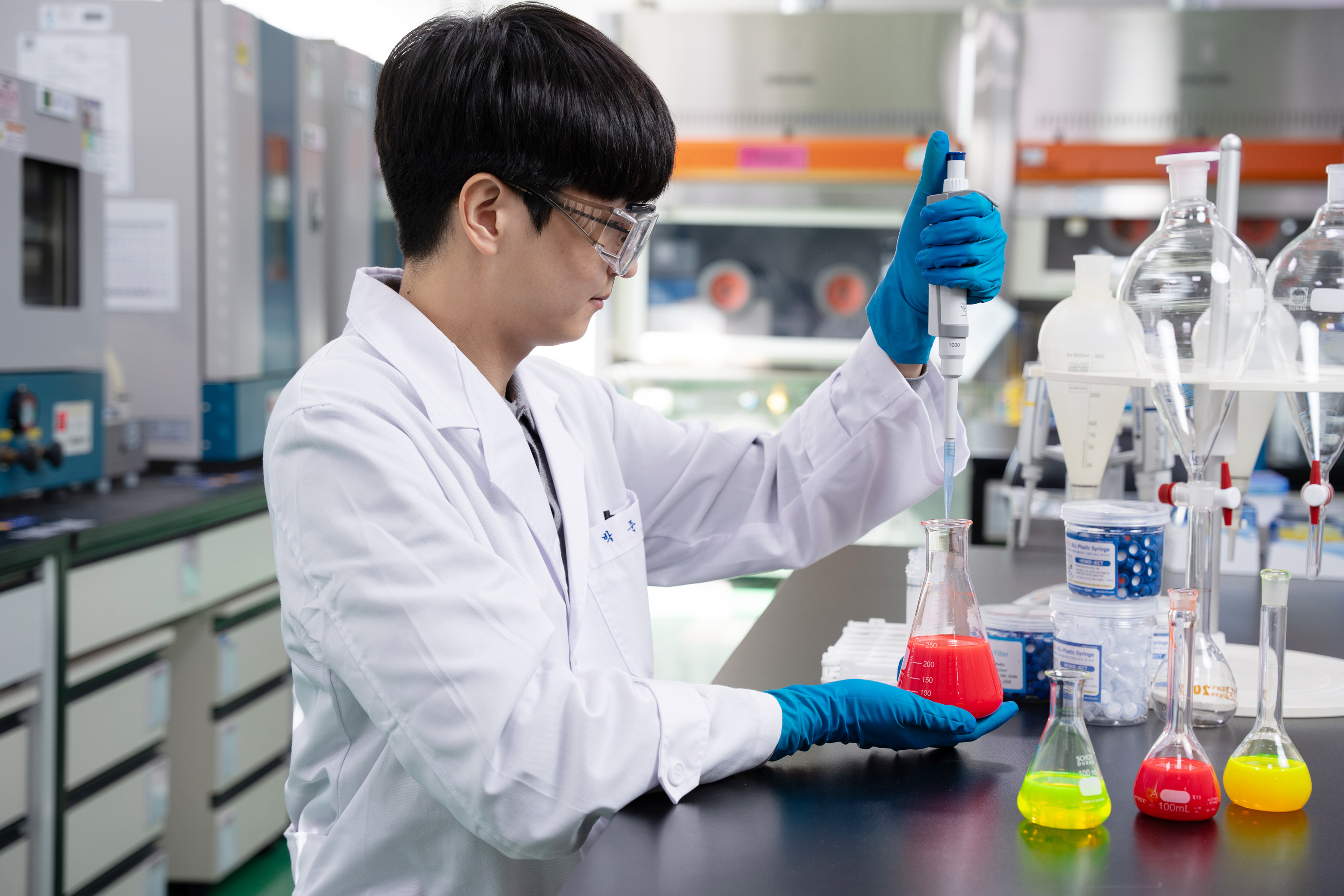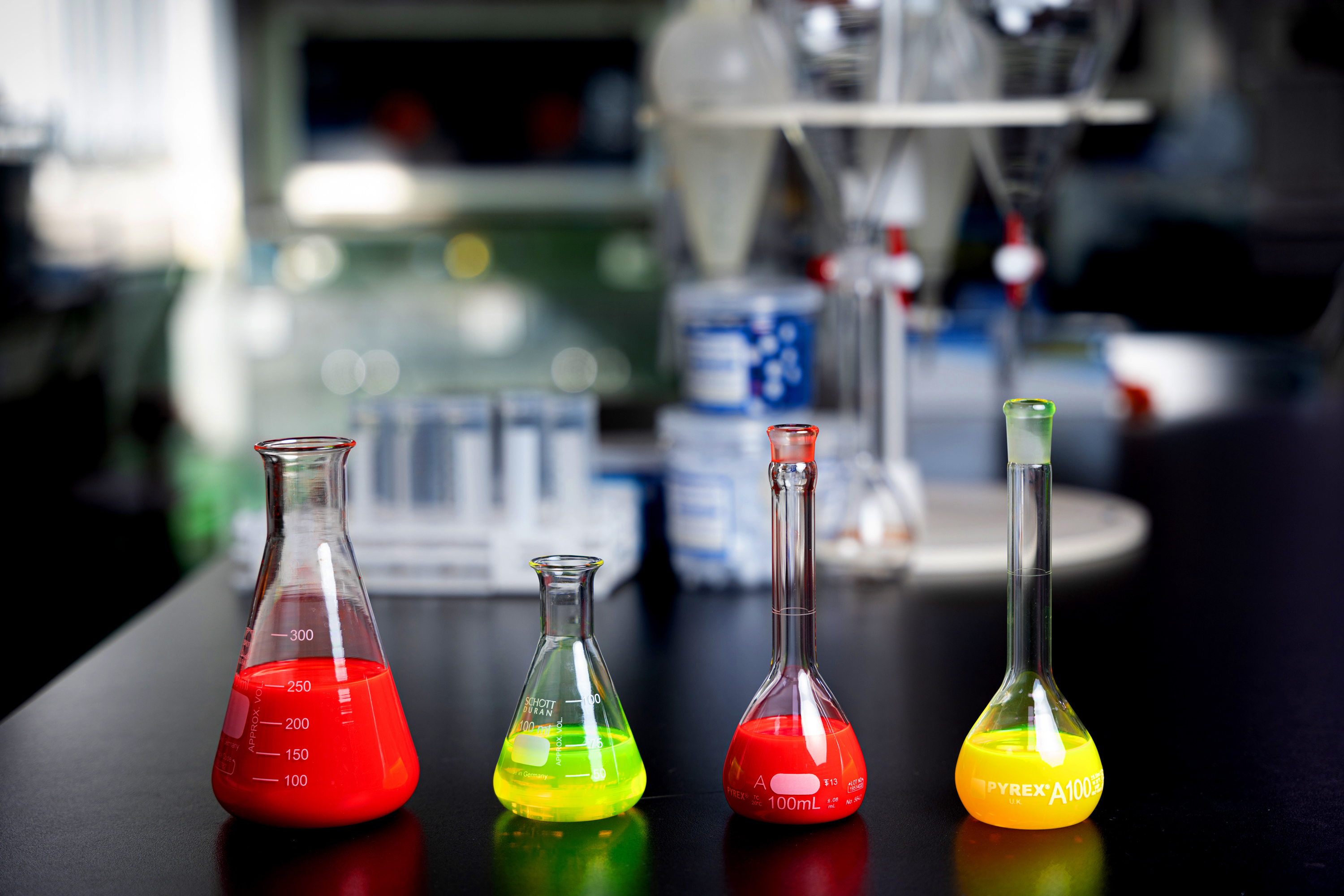□ New technology successfully recovers 80% of the costly QD ink that was previously discarded in the QD emitting layer manufacturing process
□ The recovered ink is refined through advanced synthesis technology that revives its purity and optical properties
□ The process is expected to achieve an annual cost savings of KRW 10 billion (approximately $7.3 million), contributing to resource recycling efforts
SEOUL, October 28, 2024 – Samsung Display, an industry pioneer in integrating ultra-fine semiconductor particles known as quantum dots (QD) into displays, announced today it has developed a quantum dot ink recycling technology to enhance the cost competitiveness of its QD-OLED displays.
Through the development of technology to collect and recycle QD ink wasted during the QD-OLED manufacturing process, Samsung Display has successfully recovered and reprocessed 80% of the ink that went unutilized in the production of the QD emissive layer. This achievement is expected to bring annual cost savings of over KRW 10 billion (approximately $7.3 million).
The QD light-emitting layer, the key structure of QD-OLED displays, is formed using inkjet printing that densely sprays red and green QD ink through micro nozzles in micrometer sizes. However, any QD ink left in the nozzles was previously discarded, accounting for approximately 20% of the total QD ink used in the process.
In December 2023, Samsung Display assembled a task force led by the BP technology team of the large business division consisting of members from the manufacturing, development, research lab, environmental safety, and procurement teams, and succeeded in developing a QD ink recycling facility in August. The regenerated ink undergoes advanced synthesis technology that revives its purity and optical properties, resulting in same performance levels as the original ink in quality tests. It has been in use on the production line since October.
“With Samsung Display’s QD-OLED receiving rave reviews, we are using more QD ink than ever before,” said Seongbong Kim, Vice President and Head of the Large Manufacturing Technology Center at Samsung Display. “By developing this groundbreaking technology that recycles high-quality QD ink in-house, we will significantly contribute not only to cost reduction but also to resource recycling.”
Meanwhile, Samsung Display plans to undertake various activities to further enhance its competitiveness in manufacturing QD-OLED, not only through QD ink regeneration technology but also by improving equipment performance and process capabilities to increase productivity and yield.




